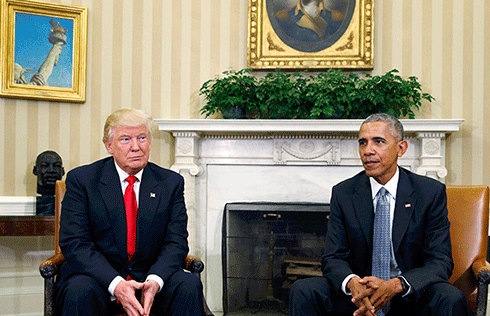Lima APEC expected to advance regional economic integration
HEADING TOWARD INTEGRATION
It is regional economic integration that is foremost in the thinking behind this year's meeting, and members are expected to coordinate their stance on the FTAAP, the process of which was officially launched at the 2014 meeting in Beijing.
According to the Beijing Roadmap for APEC's Contribution to the Realization of the FTAAP, the proliferation of regional trade arrangements, including free trade areas (FTAs), has served the pursuit of free and open trade and investment, but has also resulted in a "spaghetti bowl" effect, posing complex new challenges.
The FTAAP will address problems arising from that mass of intertwined trade arrangements by integrating existing FTAs and unifying rules, thereby reducing the costs of operating and regulating the FTAs, said Tang Zhimin, director of China ASEAN studies at Thailand's Panyapiwat Institute of Management.
A collective strategic study on issues related to the FTAAP realization is nearing completion and the results will hopefully be submitted to the Economic Leaders' Meeting in Lima, Chinese Foreign Minister Wang Yi said while visiting Peru in October.
It is hoped that the results will get approved, and based on them, next moves will be decided through consultation, Wang said.
He also voiced the hope that FTAAP negotiations will start in due time.
The FTAAP has some distinct advantages over previous arrangements, according Wu Hongying with the China Institute of Contemporary International Relations. It aims high, seeking long-term development and prosperity rather than short-term gains. It is inclusive, opening its arms to all Asia-Pacific economies. It forms no cliques.
The FTAAP also values coordinated development, taking into account the needs and interests of big and small economies alike, while stressing the benefits for all participants, she added.



















